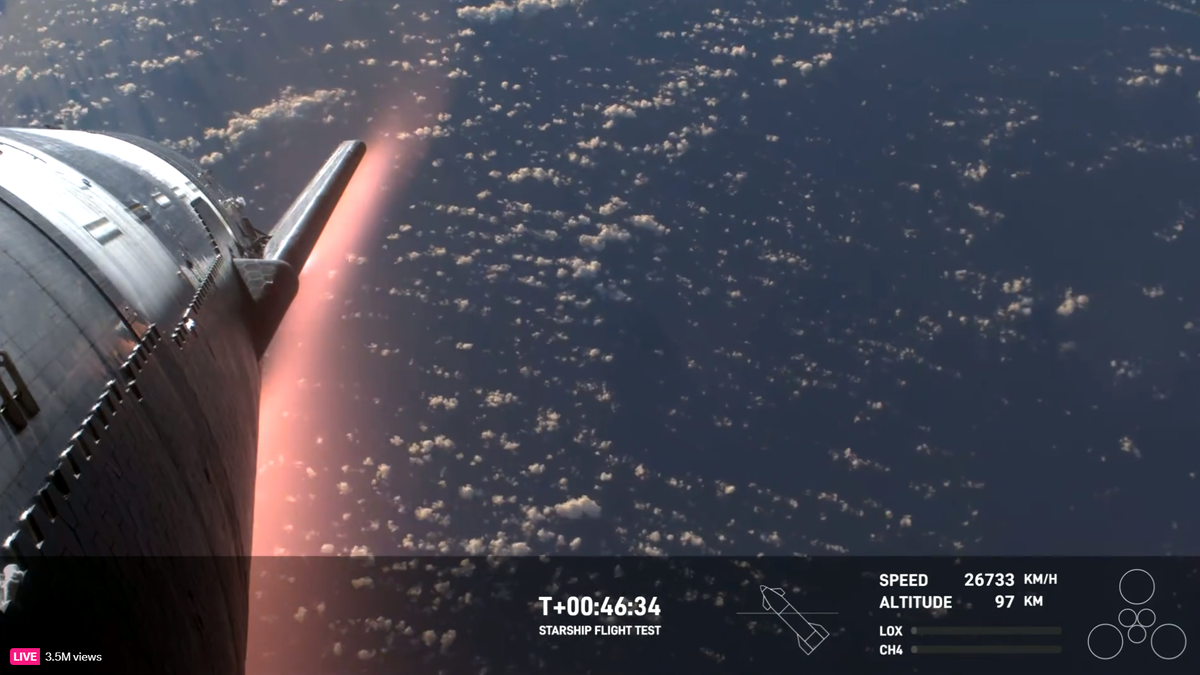Forecast: Comet 12P/Pons-Brooks to Reach Peak Brightness
The celestial phenomenon known as the “Devil Comet” or Comet 12P/Pons-Brooks is set to reach its peak brightness as it makes its way closer to the sun this weekend. This rare event, occurring once every 71 years, will see the comet reach perihelion on Sunday, appearing luminous enough to possibly be visible to the naked eye.
Comet 12P/Pons-Brooks has garnered its menacing moniker due to its sporadic outbursts during its sojourn through space, which has caused it to exhibit a distinctive horn-like appearance. These outbursts are fueled by the sun’s heat, transforming dust, rock, and ices into gas, thus generating a glowing halo around the comet known as a coma.
Measuring 10.5 miles in diameter, this comet will be approximately 72.6 million miles away from the sun at its closest approach. Viewers, especially those in the mid- to southern latitudes of North America, will have the opportunity to witness this celestial spectacle a few nights before and after the perihelion, when the comet shines at its brightest.
Observing Comet 12P/Pons-Brooks
Observers situated in the mid to southern latitudes of North America can try spotting the comet in the Taurus constellation shortly after sunset. Positioned just below the constellation, the comet will be adjacent to Jupiter, which will appear as a luminous pale yellow sphere.
Look for a circular, ethereal glow with a possible faint tail extending upwards and to the left of the central bright area, denoting the comet’s nucleus. While there is a chance of sighting it with the naked eye in dark, clear-sky locations, using a small telescope or binoculars will enhance the viewing experience.
Unfortunately, individuals residing in northern latitudes may encounter difficulties in spotting the comet due to its position amidst the twilight glow. However, if the comet experiences one of its periodic brightening episodes during its close encounter with the sun, visibility may improve without the need for optical aids.
Following this weekend’s perihelion, Comet 12P/Pons-Brooks will make its closest approach to Earth on June 2, although it will predominantly be observable in the Southern Hemisphere by that time.
If you manage to capture a striking photograph of Comet 12P/Pons-Brooks and wish to share it with enthusiasts, you can submit your images, comments, as well as your name and location to [email protected].
Image/Photo credit: source url





